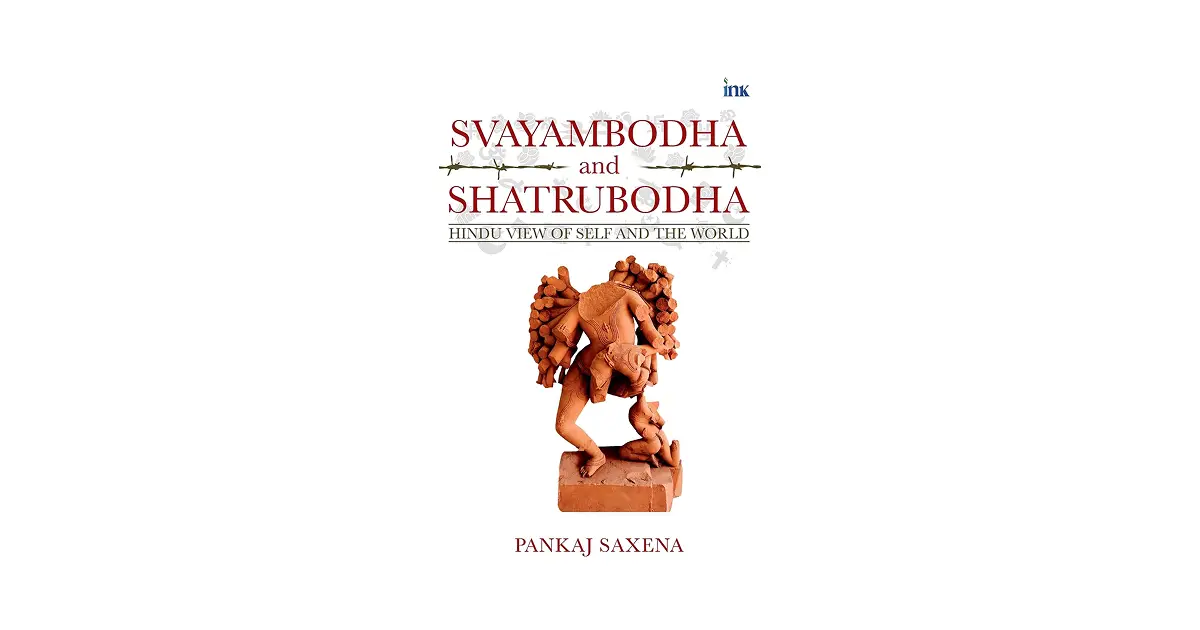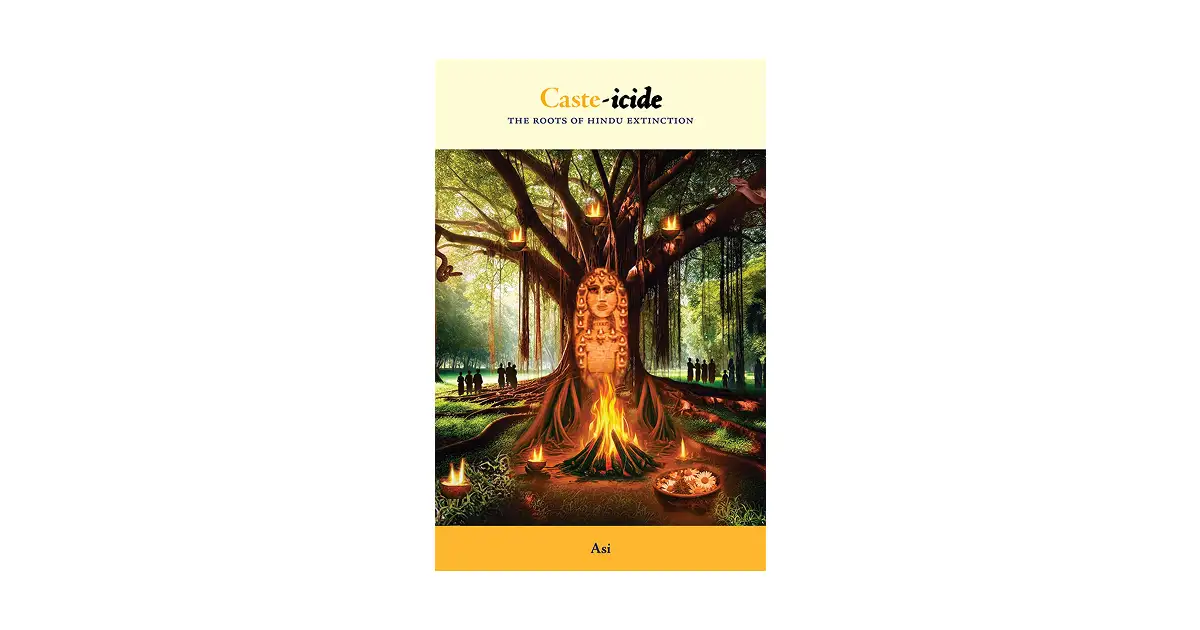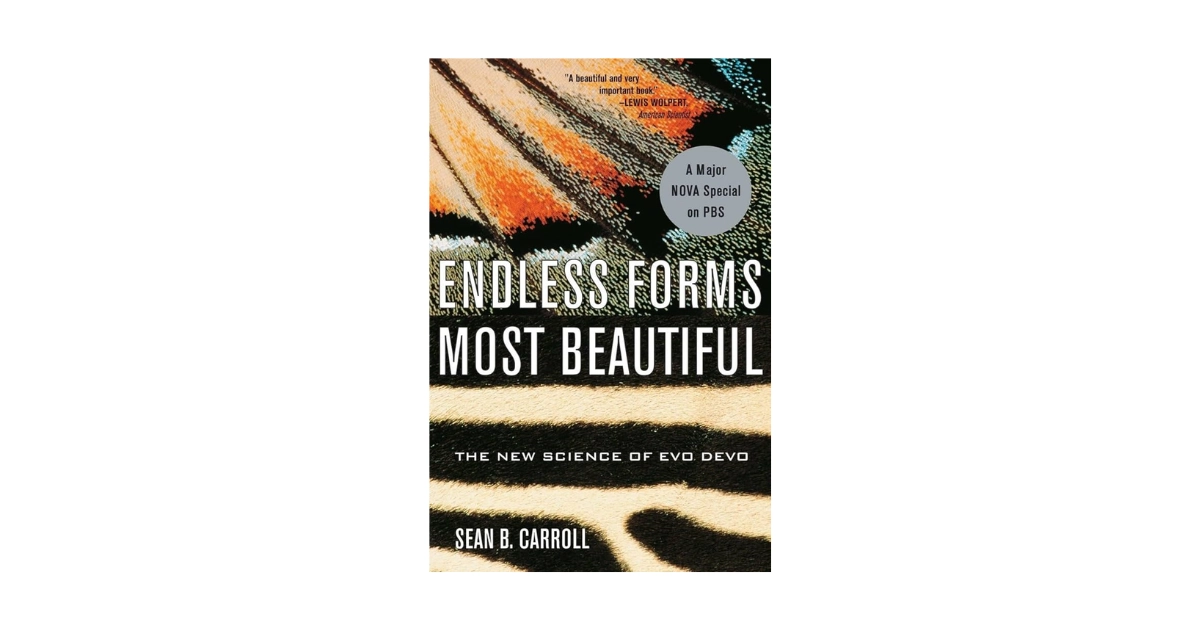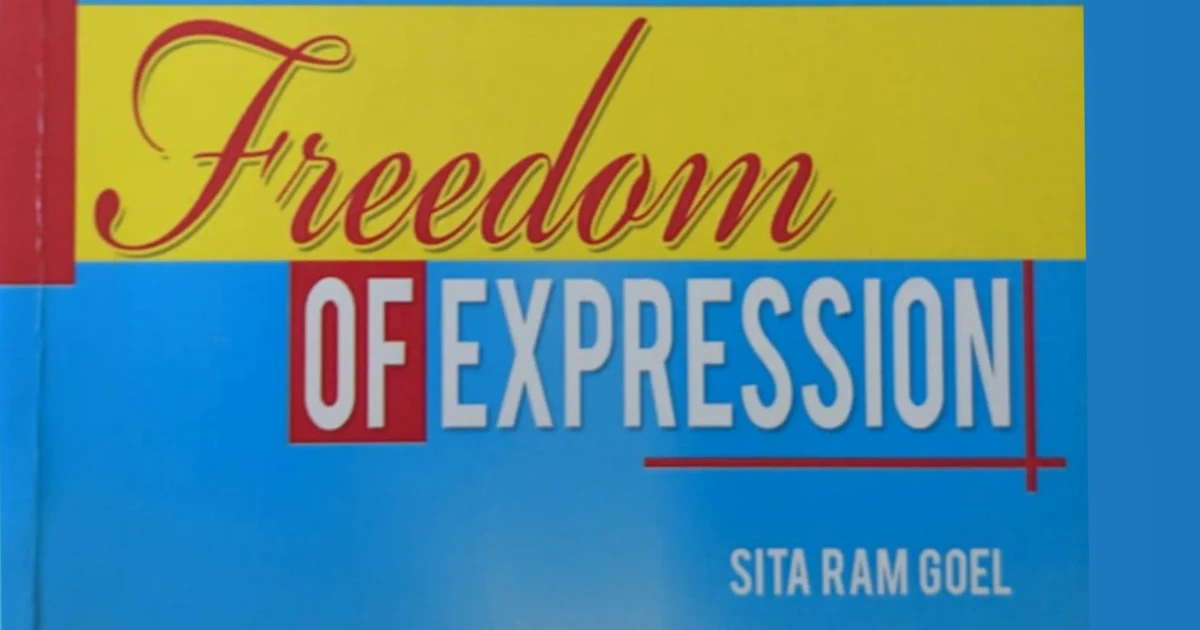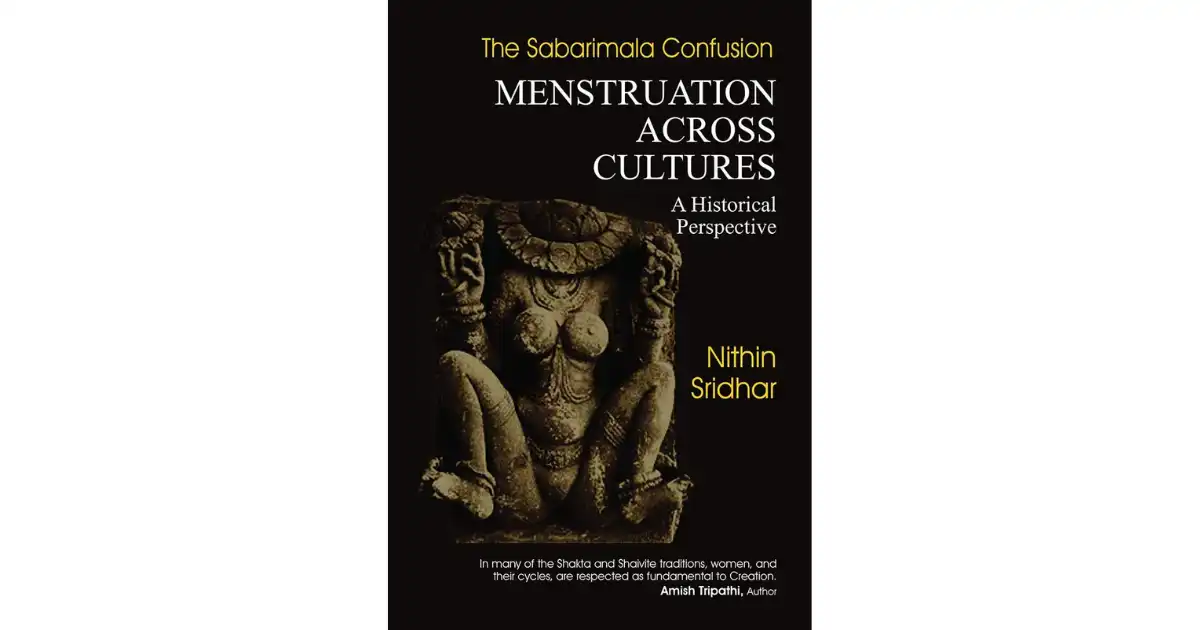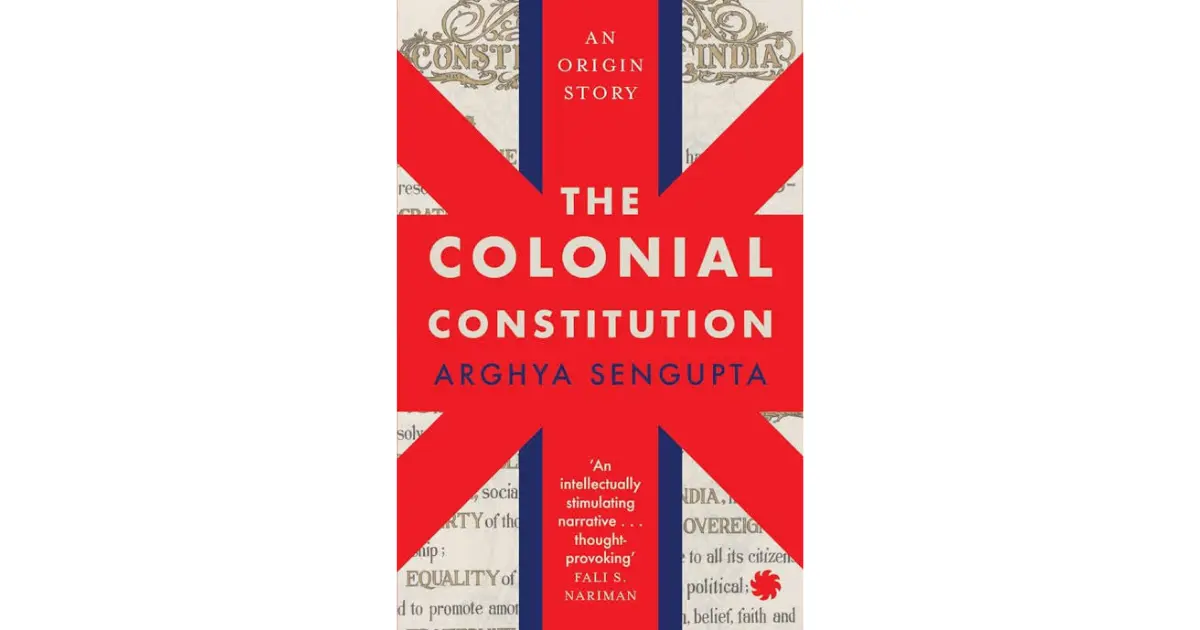Since our inception at Bṛhat, we have spoken of the ‘civilizational moment’. A uniquely remarkable moment in time when all eyes are turned to one thing. When the attention of an entire civilization is on the same moment. The Ram Mandir prāṇa pratiṣṭhā was one such event. And our mission has been to design the self-perpetuating civilizational moment. What is needed for this? Certainly, we would have to turn our collective attention to the same things. And for this, we would need to develop similar ways of looking at the world.
Our co-founder Śrī Pankaj Saxena’s new book, Svayambodha and Shatrubodha, is a deft endeavor in that very direction. Our sense of self (Svayambodha) and sense of the other (Shatrubodha) are essential components of how we look at the world and understand our place in it. As the inset jacket of the book says -
Svayambodha and Shatrubodha aims to build a foundational framework to help Hindus discover who they are and who they are not…making Hindus aware of their civilizational core on one hand and by sensitizing them about the civilizational threats that Sanatana Dharma and Hindu society face today.
Despite its contents, vast scope, and the expertise with which it wades through the territory, the book is lucidly written in refreshingly accessible language. Even complex ideas and histories are navigated elegantly, and the reader is never left feeling dense or fatigued. The book is divided into two sections, one for each bodha, and that the Shatrubodha section is considerably larger is an indicator of which part of the Hindu gaze today is more deficient, and in need of fundamental development. We are told in the introduction itself -
The primary problem of Hindu society, and of any other pagan polytheistic society, is its lack of Shatrubodha.
We are also given the basic definitions. Svayambodha is to know our centre, our roots, our fundamentals, from which the sense of ‘us’ emerges. And Shatrubodha is to know the peripheries and what lies beyond the peripheries of our civilization. Further -
Only a good balance of Svayambodha and Shatrubodha will create a healthy society. Lacking any one of the either will result in severe disability.
The Svayambodha section begins with an aptly titled primer on the fundamental axioms of Sanātana Dharma. Readers are given a breezy dive into the ideas of ṛta, satya, ṛna, and dharma - ideas that define Sanātana’s character. A coverage of karma, punarjanma, ātman, and brahman follows, and in this we are given critical insights into what makes the Hindu worldview unique.
The author takes us on a journey through Hinduism’s core ontology - the ascent and descent of consciousness, including the various states of consciousness and their interplay. This is readily an important understanding for the Hindu to internalize for a well-developed Svayambodha. Hinduism’s understanding of consciousness as fundamental (not emergent) and non-dual underpins most of how it looks at the constituents of reality. We are also taken through cakras, kośas, jñāna, and the puruṣārthas - again elements that characterize Hindu ontology.
The book argues that the Hindu ‘diversity in unity’ is of a different nature than the more mainstream ‘unity in diversity.’ We are told how there is a fundamental unity of knowledge in Sanātana Dharma, and from this unity springs its manifold plurality. This is akin to the metaphor of a dharma vṛkṣa which springs from a single seed upon a single trunk, but branches into several leaves and stems. And yet the unity also contains a remarkable and dynamic balance of opposites, demonstrated beautifully in the form and conception of Ardhanārīśvara, for which the author writes -
This is the greatest symbol of the dynamic balance of opposites that Sanatana Dharma upholds.
Varṇa and āśrama are explained in this context, as social structures that enabled Hinduism to maintain dynamic balance through the ravages of time, history and circumstance. This leads to a ‘Pyramid of Svayambodha’, which shows the layered Hindu identity with its constituents - kula, parivāra, jāti, pantha, sampradāya, kṣetra, bhāśā, deśa, rāṣṭr. Through these the author asks and answers an essential question of Svayambodha - who are we, the Hindus? Not only does the pyramid give us a clear picture on Hindu identity, it also unravels a pyramid of priorities and Hindu concerns.
Having explained who we are, the author turns to the next section - who is the other? This section reveals itself as nothing less than a tour de force, where the author’s personal voice, convictions, and searing clarity shine through in each chapter - building upon an alarming call to action by Śrī Sita Ram Goel - “Hindu society is under siege.”
We begin thus by understanding who is a shatru, and consequently who the enemies of Hinduism are. The author then introduces the idea of Pax Sanatanica, a grand Sanātana umbrella analogous to the short-lived idea of Pax Britannica. Pax Sanatanica is shown to be a remarkably plural and accommodative umbrella, such that only those determined to be an enemy would be unable to join it. We are therefore given vivid details on how Islam breaks Pax Sanatanica, and Christianity is equally guilty of violating it. And yet there are more enemies of Hinduism - ‘secular’ monotheisms like communism and modernism.
We then dive deeper into an understanding of the other, through a detailed coverage of the fundamentals of prophetic monotheism, and the Hindu view of prophetic monotheism. These are critical sections, for they help understand why Shatrubodha is not some kind of belligerent call for irreconcilability of differences, and nor is it an expression of Hindu bigotry or intolerance. The author explains how ideas such as one true god, prophetism, and a one-life metaphysics seed fundamental incompatibilities in how the monotheisms interact with other belief systems. These ideas make them inherently xenophobic and violently intolerant of opposition. Add to this their manifest behavior throughout history, working through instruments such as conversion and iconoclasm, and it becomes apparent why the bodha of such a shatru is essential for any pagan civilization’s very survival.
The chapter on Hindu view of prophetic monotheism is one of the strongest chapters, packed with some novel and extremely insightful lenses that, having well articulated the Hindu gaze, turn it assertively on the other for a critical appraisal. To detail this more would do the chapter injustice, but readers should look forward to understanding the paradigm-altering insight of religions that arise from yogika citta bhūmis vs. those that arise from non-yogika citta bhūmis.
The chapters dedicated to uncovering the long arcs of Christianity and Islam are arguably the book’s best chapters. This is where the author’s deep expertise, wide coverage of history, and lucid articulation of insight are the strongest. For those who have followed Śrī Saxena’s voice over the years it is easy to see that these are the chapters he has been working towards. They are telling exercises in metahistory, that is, a view of history that transcends simple historia and reaches the level of surpassing insight, clarity, and interpretative wisdom. For Christianity, we are taken from the early years of the Roman Empire to many centuries later, and shown the evolution of a nondescript desert cult into a global and manic monotheism. We are also given glimpses of this manifest in more recent times, such as in India and Korea. For Islam, the author explains how its view of time is remarkably long, how it sees historic trajectories in centuries and millennia, and how this explains a uniquely powerful psychology where Islam, in its own eyes, has “never lost.” Instead of losses it has “unfinished agendas,” and while others dither over their own identity or tolerance, Islam waits with unparalleled patience and determination.
In both cases we understand what is meant by the phrase “long arc.” From the point of view of Svayambodha and Shatrubodha, it exposes the tragic dichotomy of India - despite being a supremely ancient civilization, it has among the most self-defeating views of time, history, and the other. And while it continues to struggle in its Svayambodha, its enemies have been operational for centuries under a clear and unshakable Shatrubodha. Ultimately, this has allowed our enemies to weaponize the State, charity, healthcare, education, and life itself against us. A penultimate chapter adds to this matrix of threats the latest entrant - secularism or secular modernity.
In the concluding chapter, the author articulates a Svayambodha - Shatrubodha scale, a way of appraising ideologies, religions, events, decision vectors, personalities, history, and more. This is a critical section, where specific Shatrubodha and Svayambodha points are called out, and their application to real-world issues is vividly demonstrated. The objective of this scale is developing a well-rounded “vishwabodha”-
We need to look at our history, our civilization, our leaders and thinkers, our friends, and our enemies from the lens of Svayambodha and Shatrubodha. We need to look at geopolitics, international relations, and India’s place in this world from this deeply Hindu vision.
The title of the concluding chapter of the book paradoxically begins with the word ‘Prologue.’ But the author makes a beautiful case for why the conclusion should be a prologue. He shares his vision of a Hindu renaissance, one that is already underway, and one that we at Bṛhat have articulated as “we are in the midst of a civilizational moment.” And he concludes by explaining how Ayodhya is a co-ordinate in space, time and history - a harbinger of civilizational transformation. It is too tempting to quote the concluding lines here, as profound as they are and given the uplifting closure they bring to the reader. But perhaps their full import, and the cognitive experience they bring, is best served when the journey of reading this book in entirety is made.
Set in the larger civilizational and historic context of our times, it is difficult to overstate this book’s importance in the scheme of things. Over the past few years we have seen several important thinkers and their works emerge, each a significant contribution to moving the fundamental overton window in modern Indian consciousness. The early works of Śrī Rajiv Malhotra were important to make us aware of the idea of a civilizational grand narrative, or our own civilizational identity. Works by the likes of Śrī J Sai Deepak, Śrī Vikram Sampath, and Dr. Meenakshi Jain have furthered the cause of decolonization and Indian history reclamation. More recently, Dr. Anand Ranganathan has added to the growing Hindu consciousness and self-awareness.
And all these works, and us by extension, must always be grateful to Śrī Sita Ram Goel and Śrī Ram Swarup, figures that Śrī Pankaj Saxena does not tire of acknowledging, quoting and referencing from. It is to this trajectory of modern Indian thought that this book, Svayambodha and Shatrubodha, must be added. In some ways it is a much welcome and needed milestone. After a few years of bold and searing thought on history and Hindu identity, a work that crystallizes the fundamentals of this arc and gives us essential frameworks to develop it further comes as a logical next step.
The book can be purchased at Padhega India and Amazon. You can also follow the author at X/Twitter and Facebook to stay up to date on book launch and signing events.
